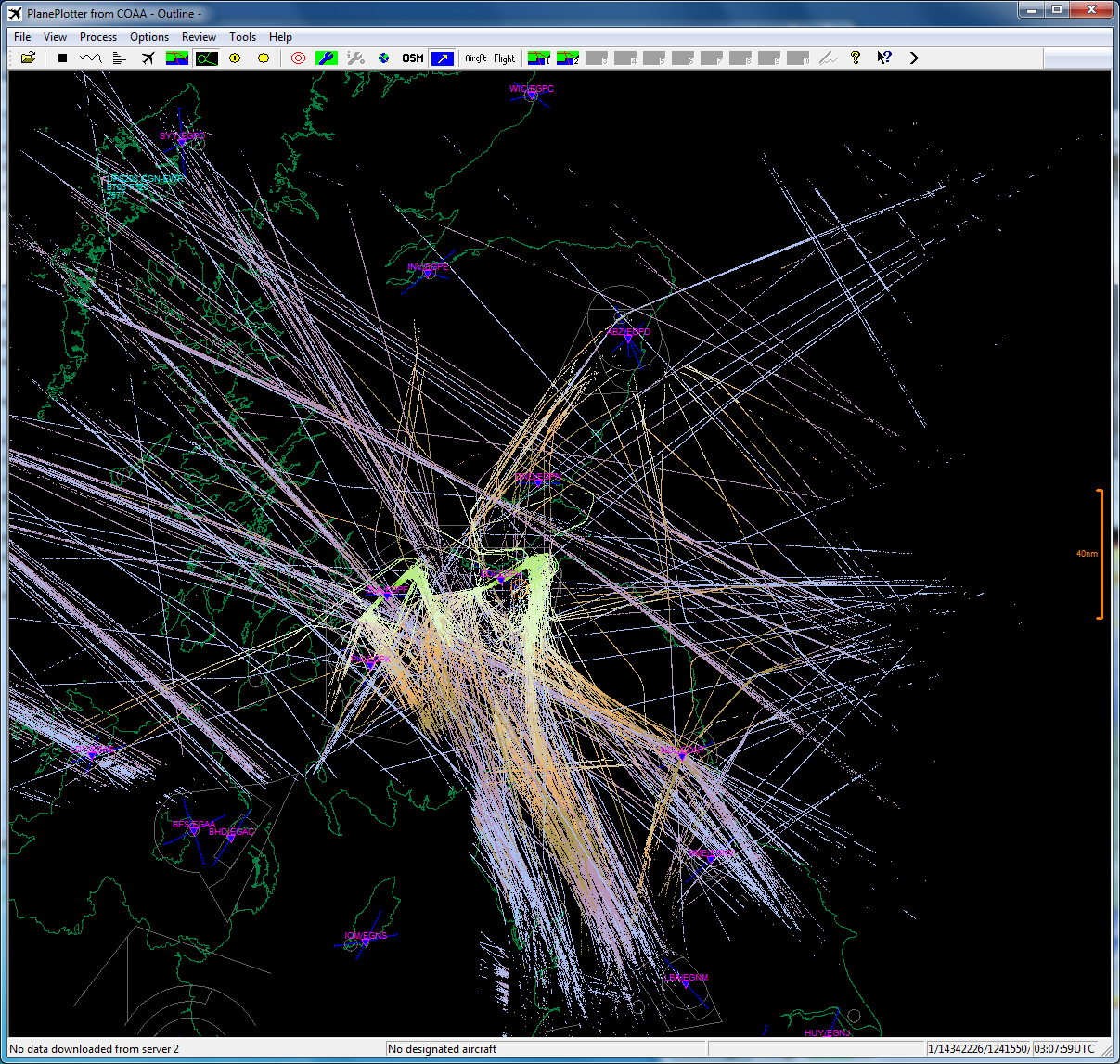

- Planeplotter outlines registry serial#
- Planeplotter outlines registry software#
- Planeplotter outlines registry Pc#
Local sharing - ShipPlotter can share received messages with other instances of the program running on machines over a local area network.Message sharing - ShipPlotter can use the Internet to share your messages with others so that all see the totality of messages received by participating users.GPS input - ShipPlotter can include position data from a local GPS receiver on the displayed chart and can automatically centre the chart on the current position.
Planeplotter outlines registry serial#

Message log - ShipPlotter can store all messages received and decoded in a text file for later analysis.If you are connected to the internet, there is a Search button that will access the ITU ship callsign database to discover even more details about the ship including its port of registry. Ship details - In chart mode, if you right click on one of the ships displayed in the chart, a pop up window (right) displays all the data received about the ship you have selected.ShipPlotter can also read BSB format marine charts provided that your system performance, memory, etc. ShipPlotter comes with a general purpose world map but you can add your own maps to ShipPlotter simply by digitizing a chart to create a BMP or jpeg graphic file and calibrating the chart using tools built in to ShipPlotter.

Planeplotter outlines registry Pc#

You need a suitable VHF band radio receiver tuned to one of the two AIS channels. ShipPlotter FeaturesShipPlotter decodes the AIS digital signals from each ship using the sound card in your PC.
Planeplotter outlines registry software#
Using a low cost radio scanner tuned to one or other of these channels and ShipPlotter software running on your PC, you will be able to see a radar-like real-time map (below) of all the large ships manoeuvring in your area together with information about their destination, estimated time of arrival and even the dimensions of each vessel. Ships broadcast their identity, position, course, speed and destination so that other ships can take account of their movements. The two frequencies used are 161.975 (Marine ch 87) and 162.025 (ch 88) MHz. From December 2004, all ships over 300 tons must carry an AIS system which broadcasts information about the ship to any suitably equipped receiver.AIS uses very short bursts of high speed data on two VHF channels in the marine band. ShipPlotter displays complete information about ships that are within VHF range of your position using the Universal Automatic Identification System (AIS).ĪIS is a system that ships use to communicate their positions to each other as part of the global maritime safety system.


 0 kommentar(er)
0 kommentar(er)
